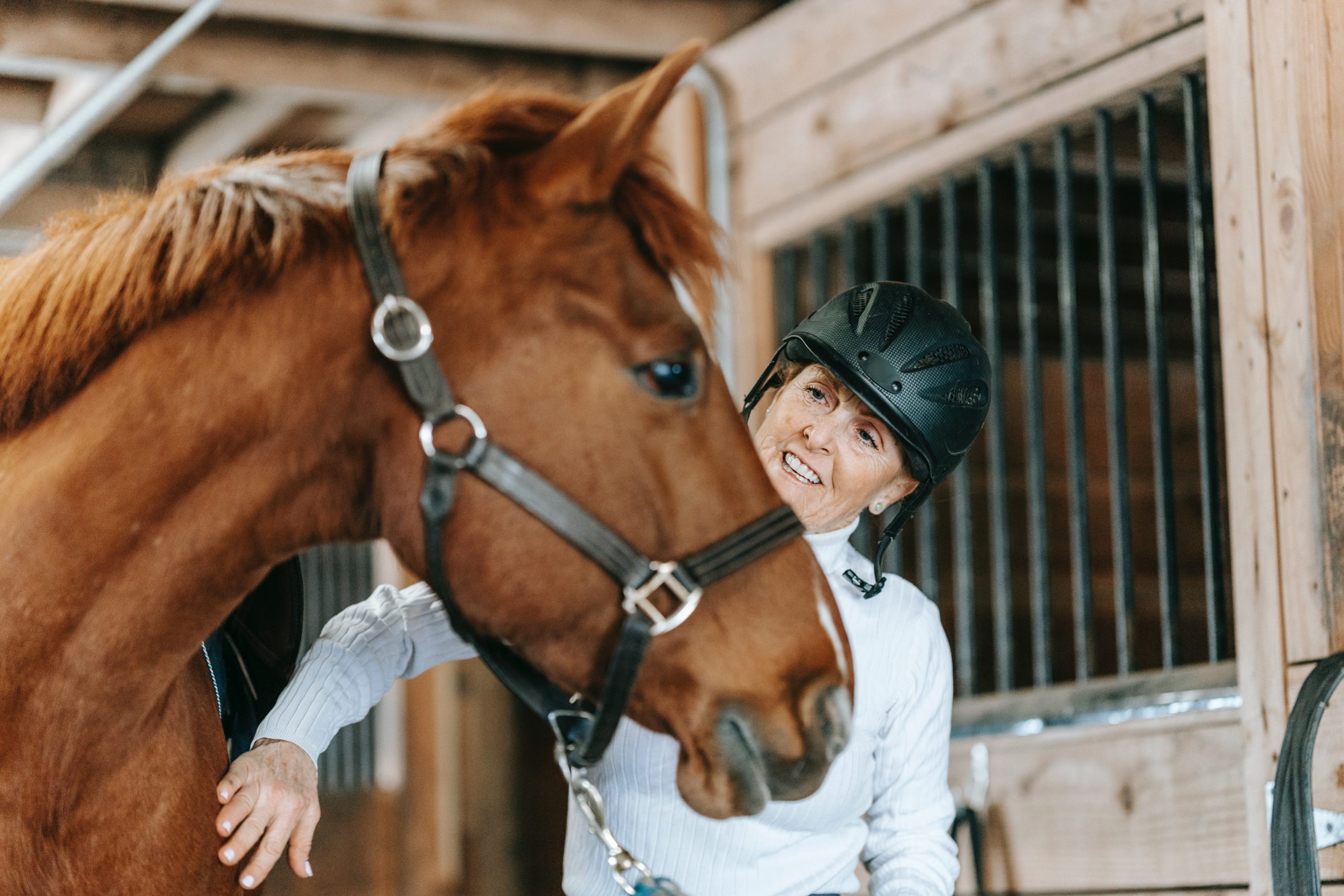
Thinking of embarking on the journey of horse ownership? From deciding what kind of horse you want all the way through to the final purchase, this ten-step guide will show you how to go about finding the ideal equine partner.
1. Think about what you want
Before we get into the nitty gritty of viewing a horse, there’s one big question to ask yourself: are you definitely ready for such a big commitment? Owning a horse requires a lot of time and money, so it’s certainly not a decision to make lightly!
Once you’re certain, make a list of what you’re looking for. Questions to ask yourself at this stage include:
- Will anyone else be riding the horse?
- Will you be entering competitions or events?
- What are your fitness levels like?
- Do you have the energy and experience to handle a young horse?
- Where will the horse be stabled?
- What’s your budget?
2. Start searching
Once you know what you want, you can kickstart your search for the perfect equine companion. Begin by reaching out to horse-owning friends and equestrian contacts, as they may know someone who is selling but hasn’t advertised yet.
When browsing ads, read the wording closely. Watch out for phrases like ‘no novices’, as these horses probably aren’t suited to a first-time owner. You should also think about how far you’re willing to travel to view and buy a horse.
3. Communicate with the seller
When you’ve found a horse you’re interested in, it’s best to ring the seller and have a chat to make sure everything is legitimate. Ask if they’re selling their own horse or on behalf of someone else, and if selling horses is their business, as there are different rules for private and business sales. When arranging a viewing, give the seller advance notice of what you want to see on the day — for example, if you want to see someone riding the horse.
Be wary of scammers. Never buy a horse unseen, and don’t pay money for a deposit or ‘viewing fee’ before going to see the horse, as it could well be a fake listing.
4. Bring along the professionals
You should always bring an equine professional such as your trainer along to a viewing, as they can help you work out if the horse is right for the sort of work you want to put him into.
5. Consider breeding
Take a look at the history of the horse. Did his sire and dam have any characteristics that you’re less than keen on? Breeding can’t tell you everything about a horse’s suitability, but it may reveal some interesting information, especially if you’re buying a very young horse.
6. Ask to see the horse in hand…
When you arrive to view the horse, start by taking a look at him standing still, then moving in hand. How does he walk and move? As well as their physical condition, think about the horse’s temperament: are they anxious or calm? Jumpy or dozy?
7. …and being ridden
Next, ask to see someone go for a ride. Watch closely during every part of this, including mounting and dismounting: do they need help getting on? How responsive is the horse?
At this point, you could also consider going for a ride yourself — but only if you feel confident that it’s safe to do so and the seller is open to the idea.
8. Assess conformation
Next, take time to assess the horse’s conformation. While it’s difficult to predict the long-term soundness of a horse, his conformation may give you an idea of whether he will be prone to injury.
You can also judge whether the horse is right for you by looking for conformation that corresponds with the type of work he’ll be doing, your trainer will be able to assist with this. Of course, good conformation is no guarantee your horse will be a prize-winner, but it can help you make a decision.
9. Ask lots of questions and don’t rush
Take your time and don’t rush the process, even if the seller is getting a lot of interest. If they seem to be rushing you into a decision, that could be a sign that something isn’t right. Remember, you can always return for a second viewing if required.
10. The final purchase
When you’re sure you’ve found ‘the one’, you can confirm your choice and put in an offer. Don’t be afraid to negotiate on the price! You can also ask the seller if they have any tack, rugs, or other equipment they’d be happy to throw in.
Before money changes hands, there are a few more things to finalise:
- Ask to see the horse’s passport and check it matches their details.
- A vetting is encouraged to ensure the horse is fit for purpose.
- Draw up a contract and get all the details in writing.
- Work out a plan to transport your horse to his new home.
- Once you’ve paid, be sure to get a receipt.
- Get your new horse insured as soon as possible.
Once you’ve worked your way through this list, you’ll finally be the owner of a wonderful new equine companion, with many hours of happy riding to look forward to.
